There can be your advertisement
300x150
How to Choose and Paste Wallpaper Yourself: Tips + Instructions
They say that renovation destroys marital pairs — but only those who haven't read this post before starting
Our expert from BauTex is convinced that the opinion that it's impossible to paste quality wallpaper yourself is wrong. Read tips on how to handle this task as well as professionals.
Alice Bersenueva EXPERT Architect, designs public and residential spaces
Choosing Wallpaper
Paper and Felt Wallpaper
Are considered "breathable" and hypoallergenic. The drawbacks: both felt and paper are delicate materials that require great care during application. And budget versions have quite a short service life.
However, if these are wallpapers from European or American factories of mid-range or premium segments, they will be durable, fairly wear-resistant and sun-resistant, though not to the same extent as vinyl ones.

Design: Anastasia Muravieva
Vinyl Wallpaper
Artificial material made of polyvinyl chloride is applied to a paper or felt base. The word "artificial" should not be alarming: high-quality vinyl also "breathes," does not emit anything toxic and is quite safe.
Regarding the backing, it has no impact on the performance characteristics of the coating. The difference between paper and felt backing is only that in the first case, the installer needs to brush glue on both the wall and the wallpaper, while in the second — only on the wall.
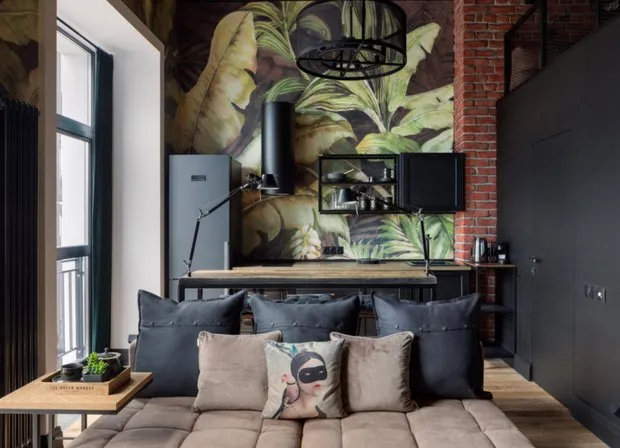
Textile Wallpaper
Have two layers: a base layer — paper or felt — and a front textile side. These wallpapers are eco-friendly and very beautiful. However, they are expensive and complex to apply.
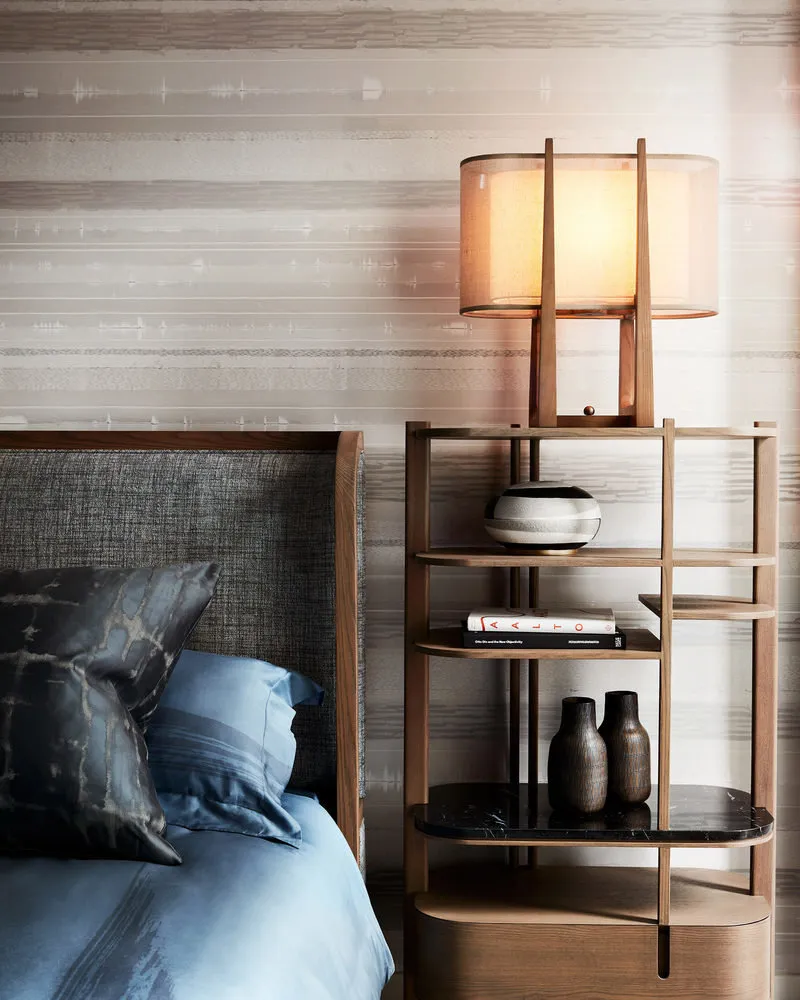
Wallpaper from Quartz Fiber
Pros: they are eco-friendly, anti-vandal, and prevent mold and mildew. Cons: limited variety of textures.
I like this option because it suits new buildings: even if the house settles, the wallpapers will remain in perfect condition, and children and pets won't be able to damage them. These wallpapers are also durable and can be washed and repainted multiple times.
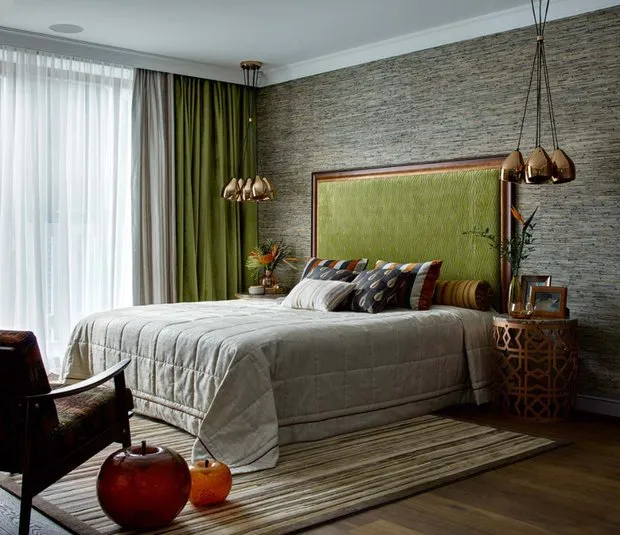
How to Choose the Color Palette for Wallpaper?
Certainly, all depends on personal taste and preferences. But it's not a bad idea to know what colorists and psychologists suggest.
Bedroom. A favorable choice for this space is shades of green, beige, blue, pink.
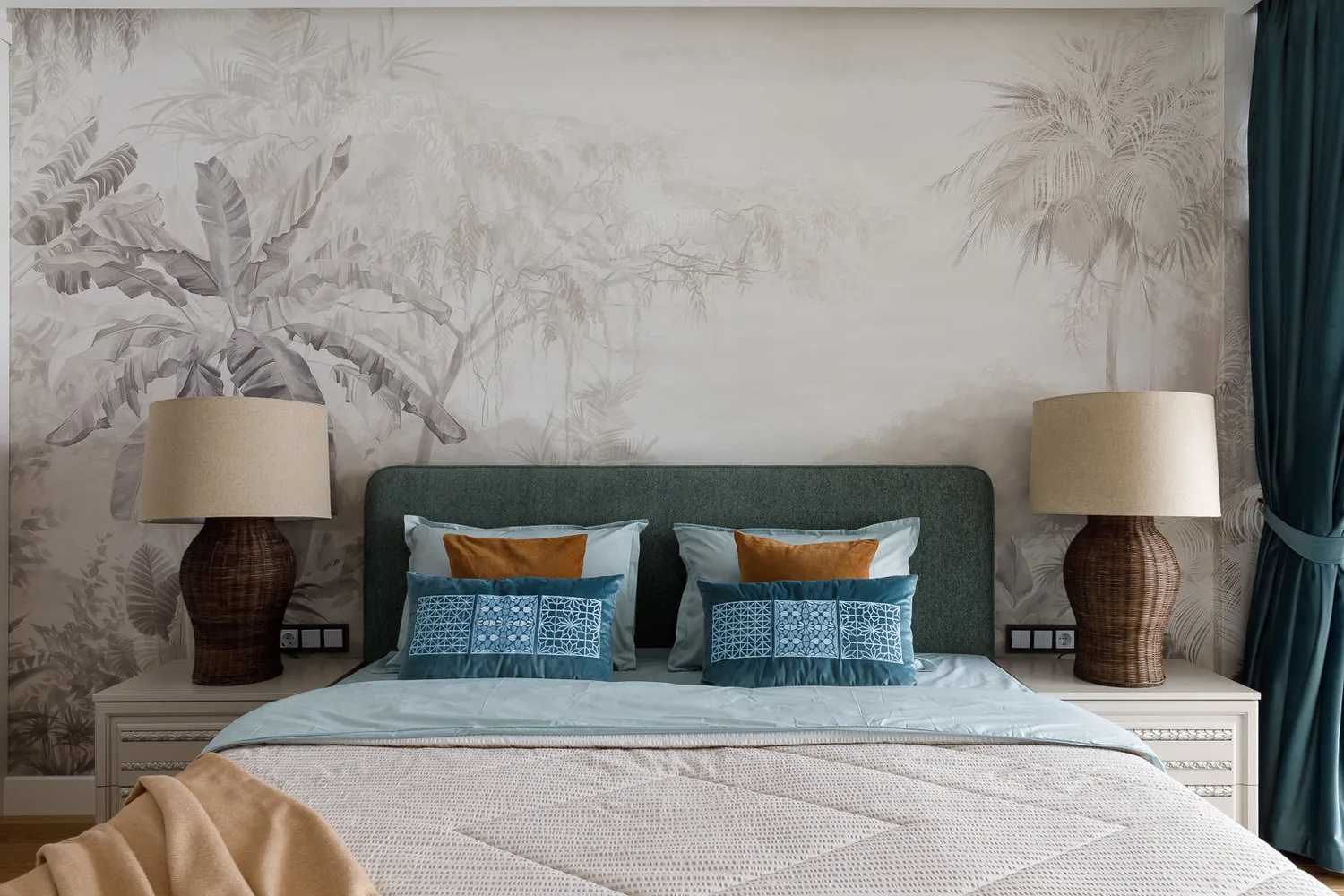
Design: Margarita Sivukhina
Living Room. Why not choose wallpaper in trending shades? In 2020, these were spicy mustard, classic blue, mint, and any muted shades of forest, meadow, ocean blues.

Design: BURO VNUTRI
Kitchen. Interior designers usually agree that the kitchen should be the brightest room in the house. White, beige, gray wallpapers are optimal, as well as muted shades of natural palette.
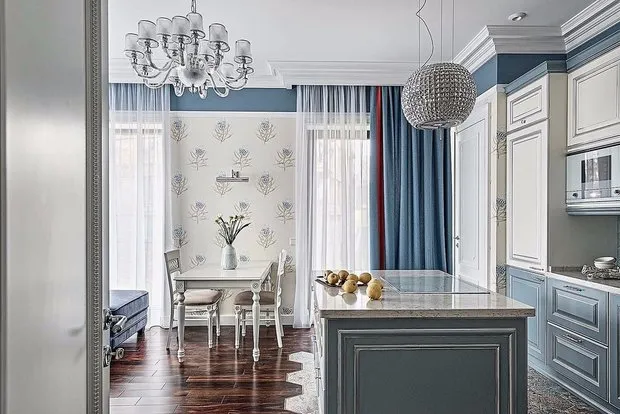
Child's Room. Children are much more sensitive to color than adults, so psychologists consider that calming shades of blue and green are optimal here.
Yellow wallpapers will stimulate creativity, red ones will promote activity, and pink will boost self-esteem and reduce stress.
Design: Lidia Bolshakova
How to Calculate the Quantity?
Step 1. Find the perimeter of the room using the formula: length + width × 2. Windows and doors don't need to be included in the calculation — they can just be cut off from the wallpaper strips. Exceptions: windows and doors from floor to ceiling — in such cases, you need to subtract their width from the room perimeter.
Example: You need to paste wallpaper in a living room that is 5 meters long and 6 meters wide.
(5+6) × 2 = 22 meters — this is the perimeter of the living room.
Step 2. Calculate how many wallpaper strips you need by dividing the room perimeter by the width of the roll. Round up any fractional number.
Example: Room perimeter is 22 meters, and the wallpaper width is 1 meter.
Divide 22 by 1 — and you get 22 strips.
Step 3. Calculate the length of each wallpaper strip using the formula: room height + pattern repeat + allowance for trimming.
Example: Room height is 2.7 meters. We chose wallpaper with a pattern repeat of 0.32 meters. The allowance for trimming is usually 0.2 meters.
2.7 m + 0.32 m + 0.2 m = 3.22 meters — this will be the length of each strip.
Step 4. Find out how many strips you get from one roll by dividing the wallpaper length by the length of each strip. Round down any fractional number, as you will only use whole strips in installation.
Example: Roll length is 25 meters.
25 / 3.22 = 7.8 meters. Round down and you find that one roll contains 7 strips of the desired length.
Step 5: Calculate the number of rolls needed for the room using the formula: required number of strips / number of strips in one roll.
Example: We calculated that we need 22 strips for the living room. Divide this number by 7 (number of strips in one roll).
22 / 7 = 3.1. Round up to get 4 rolls.

Design: Elena Teplouva
What Else You Need?
- Installation Knife. Must be sharp enough to cut the wallpaper strips without damaging their texture.
- Roller with Thermoplastic Fur for pasting and painting, if needed. The seamless structure of such a roller allows even distribution of glue and paint, and the treated edges won't leave marks on the sides.
- Plastic Spatula. Will be needed for pasting wallpaper and removing old wallpaper from the wall.
- Thread and Plumb Line, to properly align the first strip.
- Glue. Choose the one indicated on the wallpaper packaging.
- Gloves, to avoid damaging the wallpaper texture.
- Low-speed Drill with Mixer Attachment, to mix the glue more easily and faster.
- Container for Mixing Glue.
- Primer.
- Ladder.
- Paint and Bucket for mixing it, if these are paintable wallpapers.
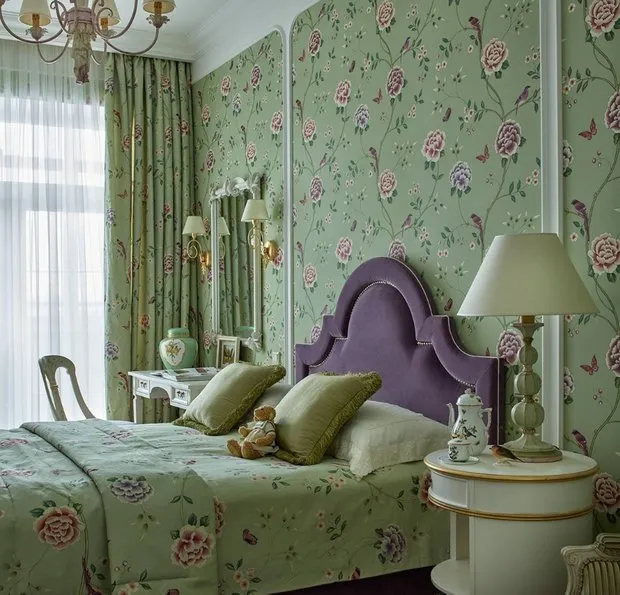
How to Paste?
Mixing the Glue
Pour water into a container and start pouring the glue in a thin stream into it, constantly stirring. Do it in this order: first water, then glue.
Leave the glue for five minutes to dissolve and achieve a uniform consistency. Then stir again. To speed up the process, you can use a drill with a mixer attachment at low speeds.
Expert Tip
The mixture thickens over time, so mix only the amount of glue you plan to use in one go.

Start Pasting the Pre-prepared Wallpaper Strips from the Door Opening
The first strip is pasted vertically from top to bottom, and then carefully smoothed with a spatula or special roller, from the center to the edges.
Don't press the edge too hard — it will join with the next strip.

Expert Tip
If burrs appear on the spatula, change the tool immediately, otherwise you may damage the wallpaper structure.
Trim excess length from the top and bottom of the wallpaper strips carefully with an installation knife.
Trim the wallpaper precisely along the spatula, securing the pasted strip with it.
After pasting and trimming the first strip, paste the next one in the same manner.
Remember to paste wallpapers in a butt joint.
Carefully go over the joint between strips with a spatula or roller.
To avoid damaging the wallpaper structure, use only a sharp installation knife and change the blade segment frequently.
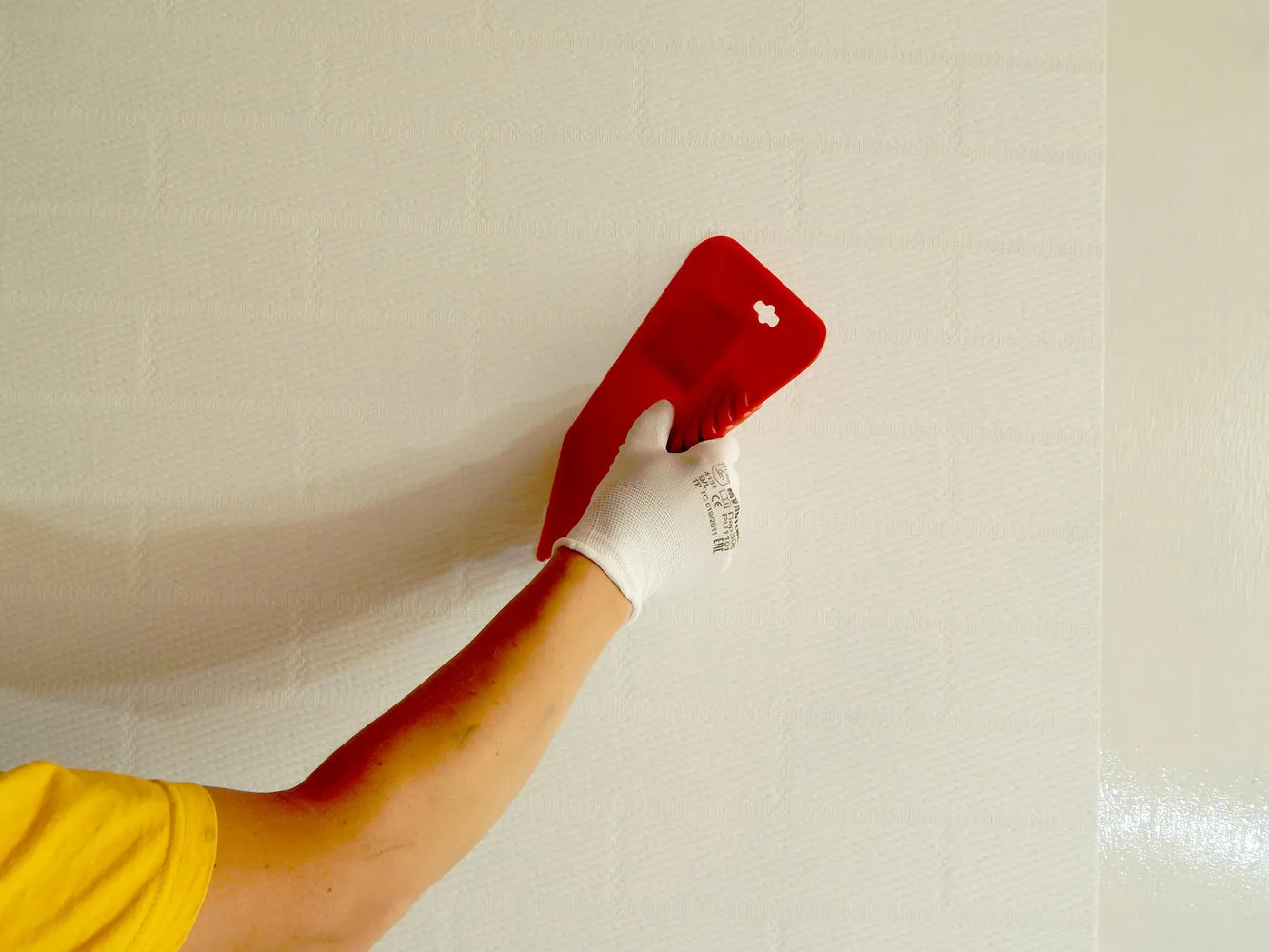
Apply the same method to all walls.
Then leave the room for two days to allow the wallpapers to dry thoroughly. Check that there are no drafts, high humidity, or direct sunlight during this time.

How to Paint Paintable Wallpaper?
Choose water-based paints: they contain no toxic substances and have no sharp odor, and they also dry quickly. To reduce paint consumption, I recommend priming the walls and letting the wallpapers dry after that.
Then start applying paint with a roller to the wallpapers. Angles are painted with a brush. Small defects at the angles can be carefully removed with sandpaper.

Expert Tip
To use paint efficiently, wrap the tray with stretch film, foil, or a plastic bag.
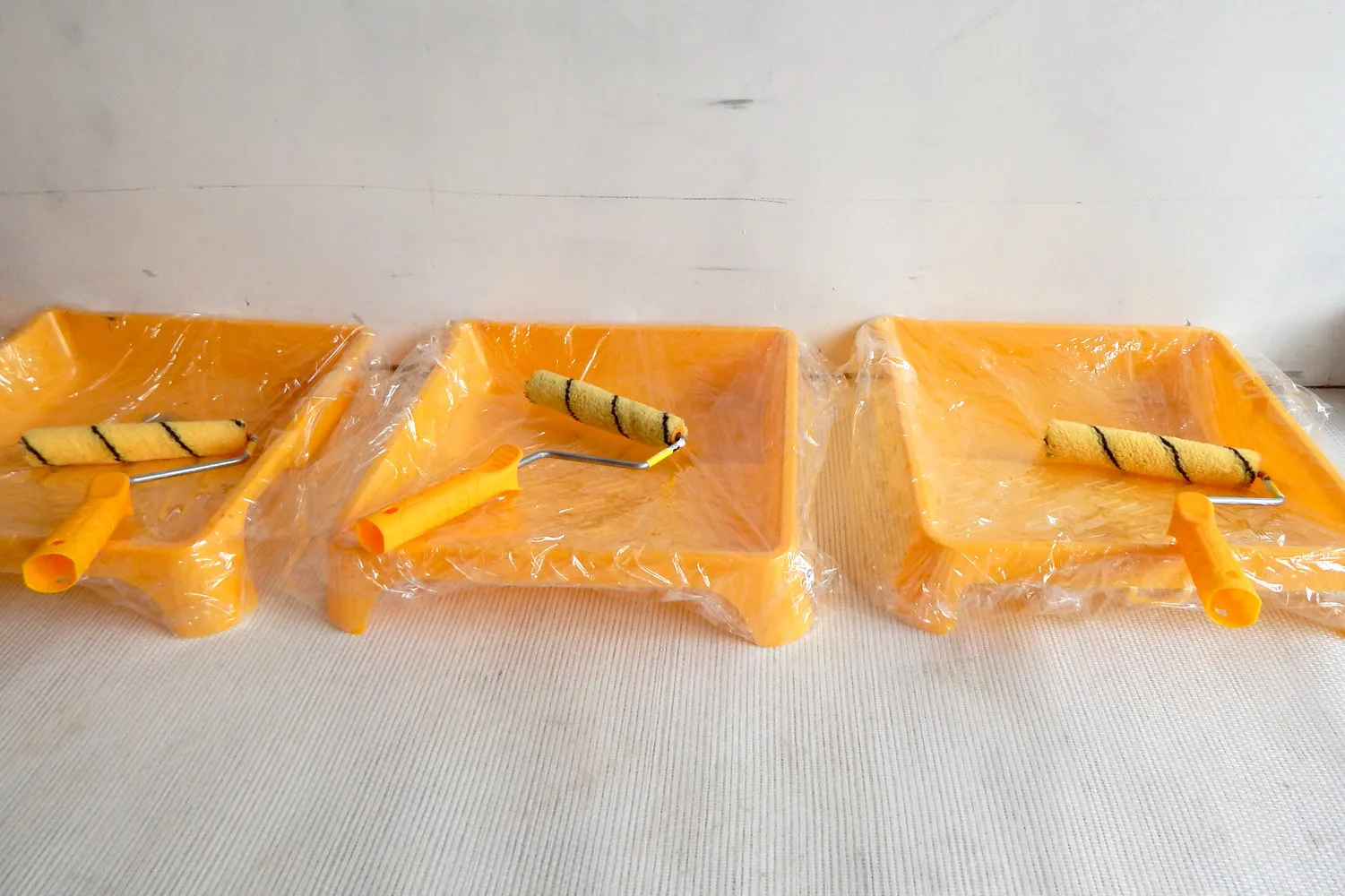
When painting, observe the wet edge rule, where the next stripe overlaps the previous one while it's still wet. Otherwise, a clear boundary will appear after drying between the painted sections. Paint the entire wall in one go without stopping for lunch or a cigarette break.
All walls painted? Let them dry for 12 hours and paint the second coat.
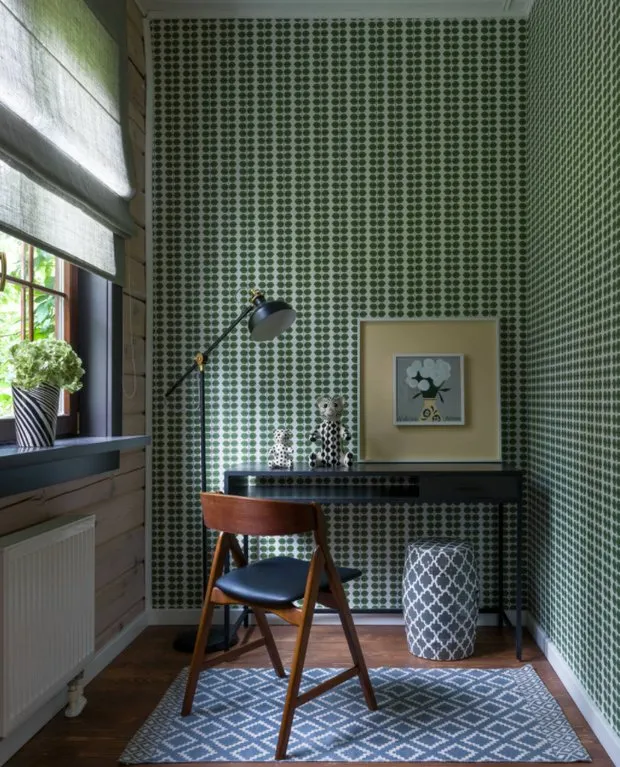
On the cover: Design Project by Margarita Sivukhina
More articles:
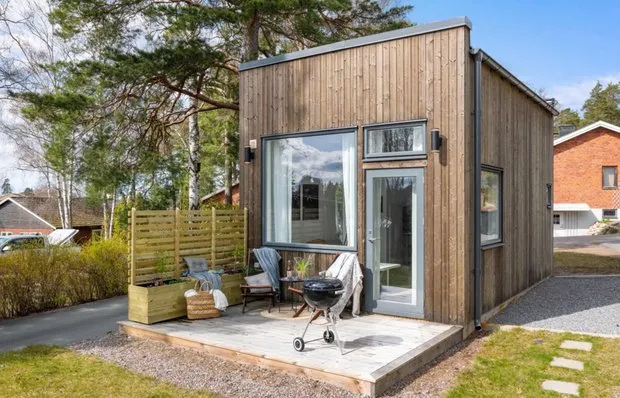 New Trend from Sweden: Microhouse with 21 sqm Area
New Trend from Sweden: Microhouse with 21 sqm Area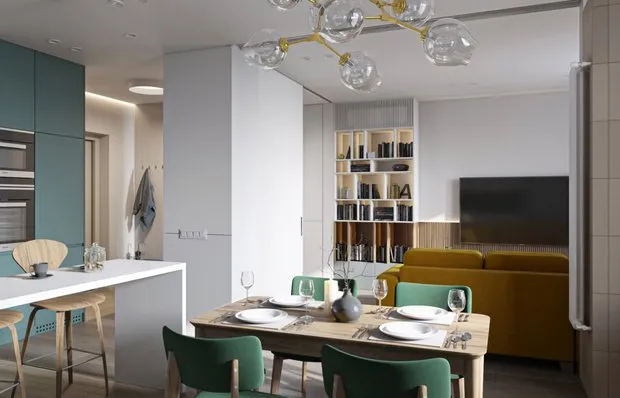 Office in Cabinet, Formed Concrete and 8 More Design Hacks
Office in Cabinet, Formed Concrete and 8 More Design Hacks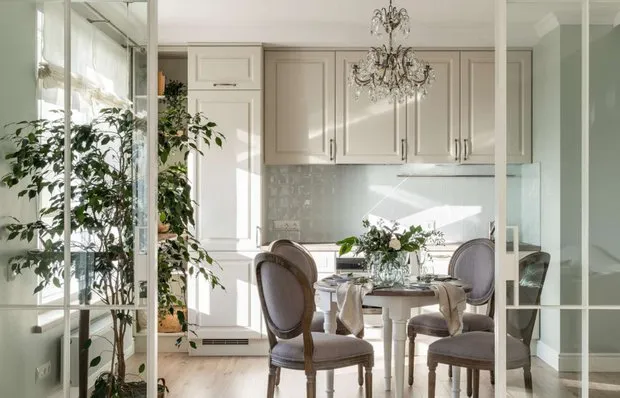 Mobile Walls and Furniture with Secrets: Top 10 Interior Designs of June
Mobile Walls and Furniture with Secrets: Top 10 Interior Designs of June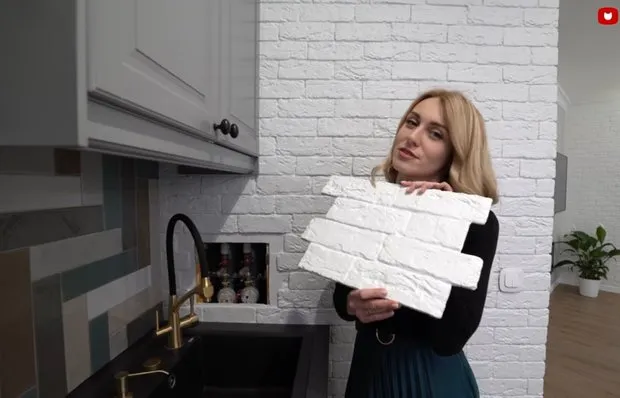 Cool Kitchen Tips You'll Definitely Want to Replicate
Cool Kitchen Tips You'll Definitely Want to Replicate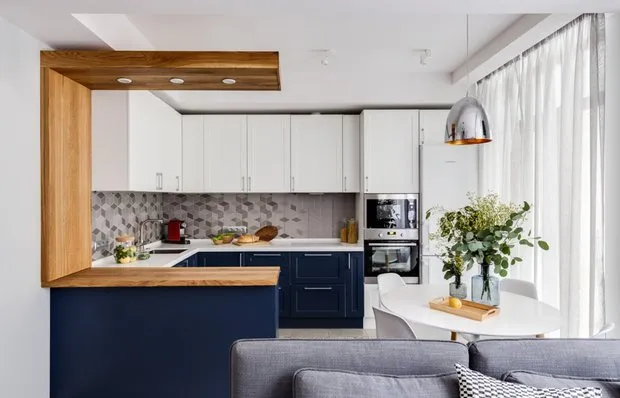 Apartment Relocation: What You Cannot Do
Apartment Relocation: What You Cannot Do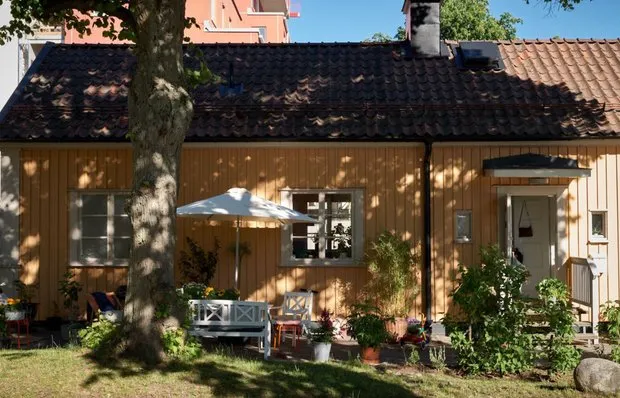 Modern Garden House Interior for Those Tired of Rural Decor
Modern Garden House Interior for Those Tired of Rural Decor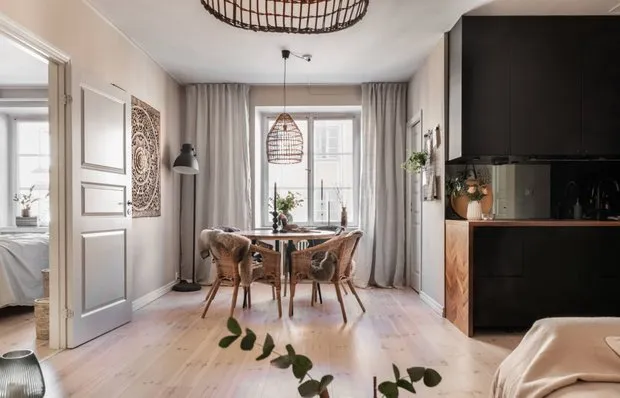 Two-Room Apartment with Black Kitchen: Example from Stockholm
Two-Room Apartment with Black Kitchen: Example from Stockholm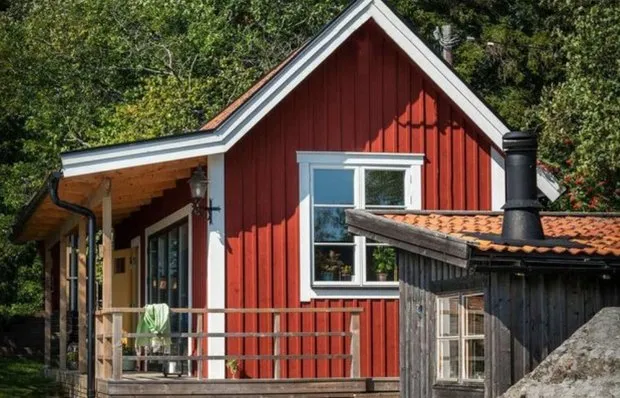 Micro-Dacha Cottage 30 m², Where Everything Fits In
Micro-Dacha Cottage 30 m², Where Everything Fits In